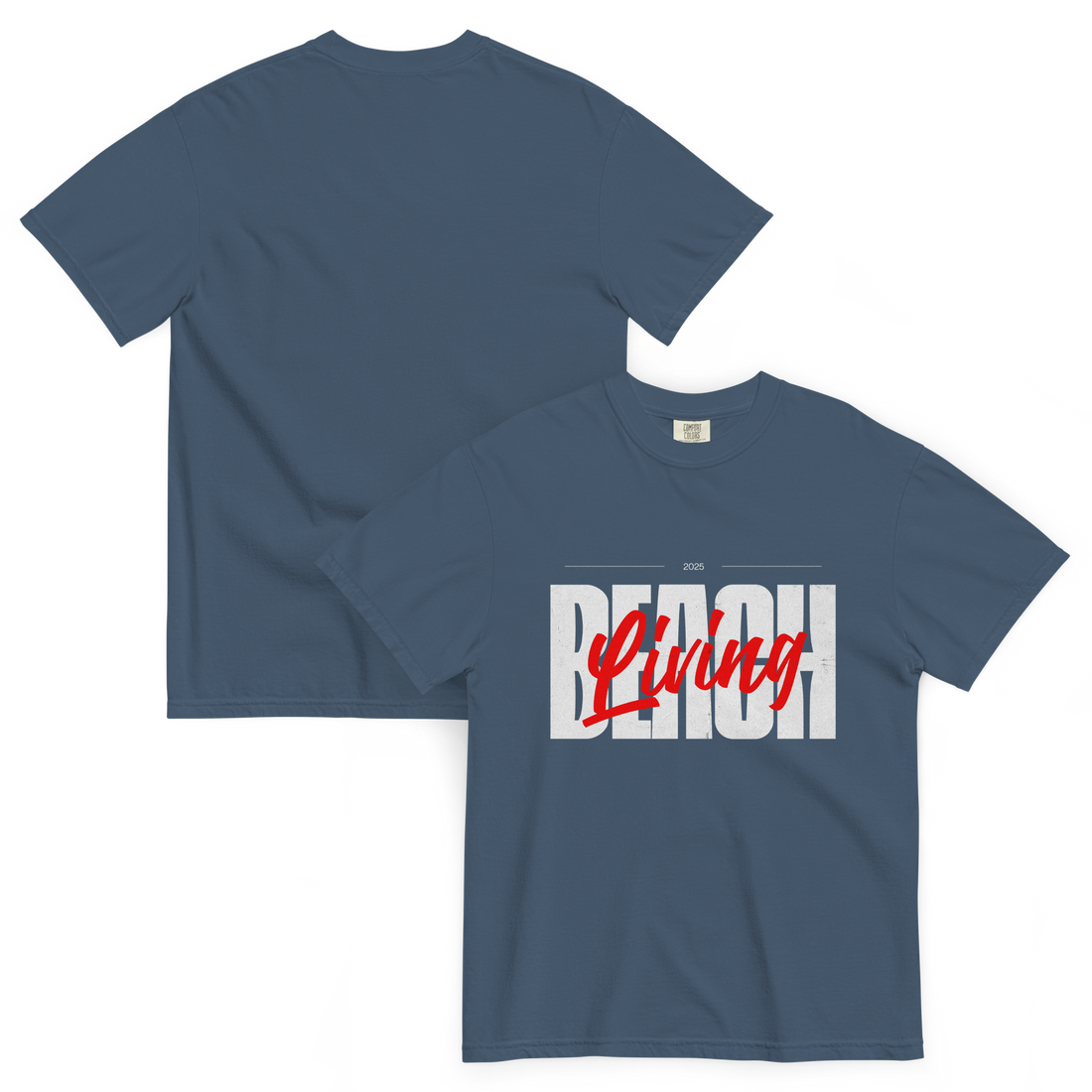
The Evolution of Graphic T-Shirts: From Band Merch to Art
Share
The humble graphic T-shirt has journeyed a long, vibrant path from simple band merchandise to a powerful canvas of artistic and cultural expression. This evolution not only demonstrates changing fashion trends but also reflects broader societal shifts, technological advancements, and the desire for individual self-expression.
Origins: Band Merch and Basic Graphics
In the 1960s and 70s, the graphic T-shirt primarily served as a badge of allegiance. Band tees featuring album art or logos were symbols of musical fandom and rebellion. These shirts were largely commercial, mass-produced, and served as souvenirs of cultural icons. They fostered a sense of community among fans while also skilled at advertising music legends.
The Shift: From Merch to Personal Identity
By the 1980s and 90s, graphic tees began to diversify, incorporating pop art, comic book characters, and iconic logos. During this period, they became more than merchandise; they expressed personality, political views, humor, and subcultural identities. Artists like Keith Haring and Jean-Michel Basquiat transformed street-level graffiti and contemporary art into designs that could be worn.
The Artistic Renaissance: Art on Fabric
Entering the 2000s, technology enabled high-definition prints and creative digital designs, allowing graphic T-shirts to serve as wearable canvases. Artists, illustrators, and designers pushed boundaries—using T-shirts to showcase experimental art, political activism, and abstract imagery. Brands started collaborating with independent artists, merging commercial and fine art.
The democratization of art
The rise of affordable digital printing, print-on-demand services, and global online markets has democratized art. Individuals now can turn personal artworks or digital designs into T-shirts quickly and affordably. Artists, illustrators, and hobbyists have control over their creations, bypassing traditional gallery or gallery-like dissemination channels.
The Collective Identity and Subculture
Today, graphic T-shirts symbolize everything from political activism to personal hobbies, cultural commentary, humor, and personal aesthetics. They can challenge societal norms, celebrate diversity, or simply make a statement. The T-shirt has become a semiotext—an object loaded with symbolic meanings that can be read and reinterpreted across cultures and subcultures.
The Future: Wearable Art and Technology
The evolution continues, fueled by innovations in fabric technology, augmented reality, and 3D printing. Imagine shirts with embedded digital displays, interactive graphics, or designs that change based on mood or environment. Customized art on clothing invites wearers to be creators, making each piece unique and personal.
Interactive and Thought-Provoking Questions
- How does what we wear influence perception in society?
- Can a T-shirt be a form of activism or social commentary?
- As technology advances, what is the role of traditional print design?
Conclusion: From Merch to Masterpiece
The graphic T-shirt’s journey encapsulates cultural shifts from music fandom to fine art, politics, and individual expression. It’s more than clothing—it's a living gallery, a badge of identity, and a mirror of societal change. As fashion continues to evolve, the graphic T-shirt remains a testament to creativity, democratization, and our innate desire to tell stories through what we wear.
